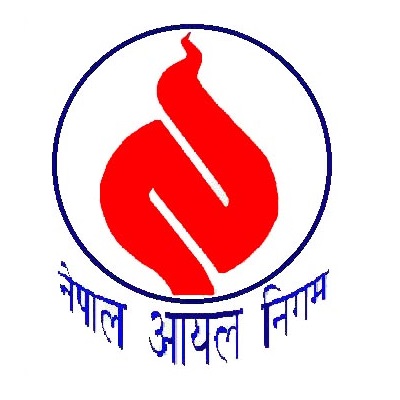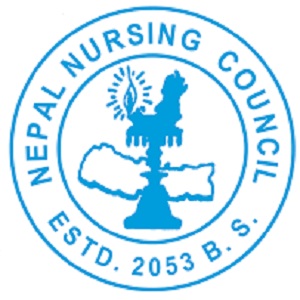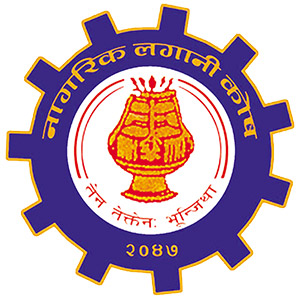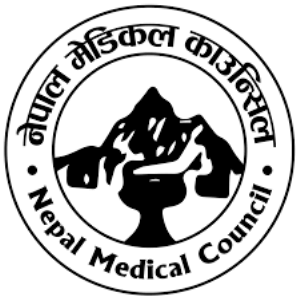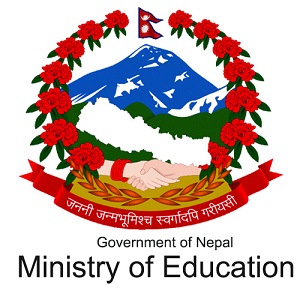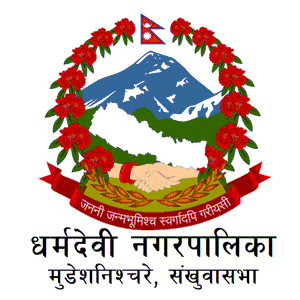Overview
Nepal Electricity Authority (NEA) (Nepali: नेपाल बिधुत प्राधिकरण / Nepal Bidhut Pradhikaran) was established in 1985 AD (2042 BS) under the Nepal Electricity Authority Act, 1984 AD. It was formed through the merger of the Department of Electricity under the Ministry of Water Resources, Nepal Electricity Corporation (NEC), and related Development Boards.
Nepal Bidhut Pradhikaran was established to provide affordable power by planning, constructing, operating, and maintaining all generation, transmission, and distribution facilities in Nepal's power system, both interconnected and isolated.
The major responsibilities of NEA are to recommend to the Government of Nepal long and short-term plans and policies in the power sector; to recommend, determine, and realize tariff structures for electricity consumption with prior approval of the Government of Nepal; and to arrange for training and study to produce skilled manpower in the generation, transmission, distribution, and other sectors.
The NEA emerged from the consolidation of various electricity organizations in Nepal. This merger was critical for streamlining operations and enhancing service reliability in the electricity sector.
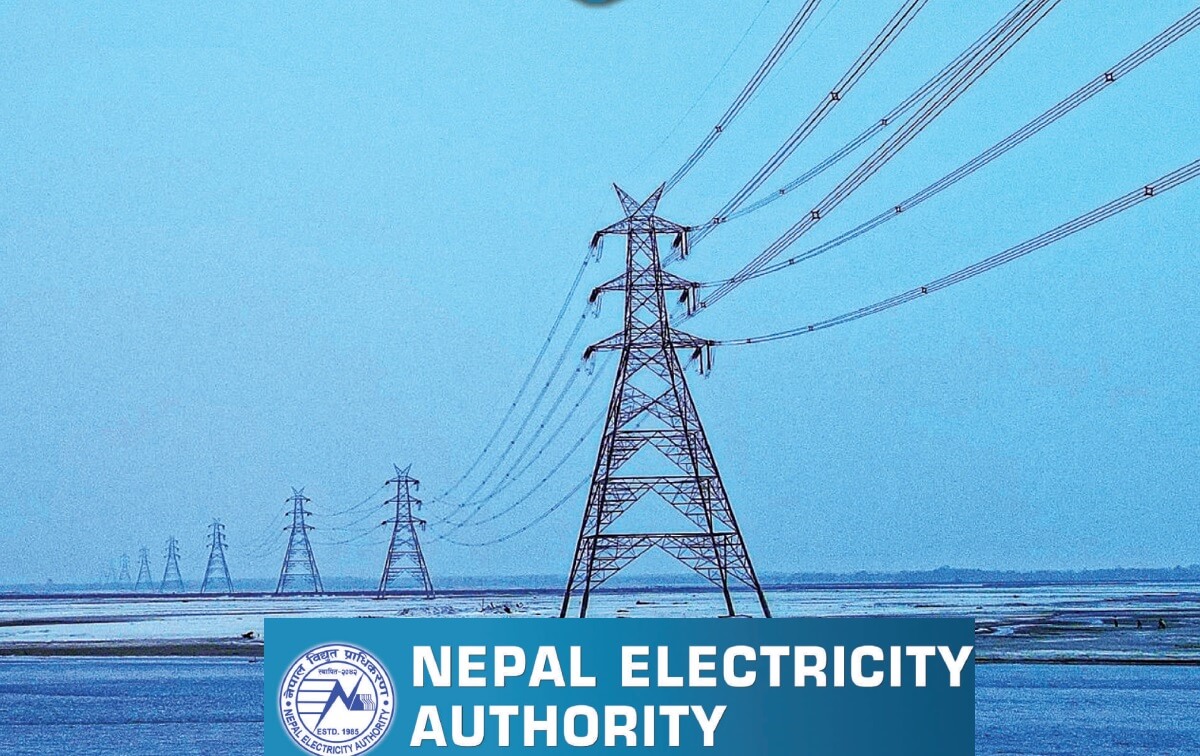
Formation and Background
Origin
Formed through the Nepal Electricity Authority Act, 1984.
Merger
Combined the Department of Electricity, Nepal Electricity Corporation, and related Development Boards.
Purpose
Addressed overlapping functions and inefficiencies in the previously fragmented system.
Primary Objective
NEA's primary goal is to ensure the generation, transmission, and distribution of sufficient, dependable, and cost-effective electricity.
Responsibilities include the planning, construction, operation, and maintenance of all power system facilities in Nepal, both interconnected and isolated.
Core Responsibilities
-
NEA advises the Government of Nepal on short and long-term power sector plans and policies.
-
It is responsible for proposing and implementing tariff structures for electricity usage, subject to government approval.
-
NEA also focuses on training and education to develop skilled professionals in various sectors of power generation, transmission, and distribution.
Management Structure
NEA is governed by a Board of Directors, ensuring diverse and expert oversight.
The board includes members from the Ministry of Energy, the Ministry of Finance, and representatives from commerce, industry, finance, consumer groups, and the power sector.
The Managing Director serves as the Member Secretary and Chief Executive Officer.
Provincial and Divisional Presence
NEA operates through provincial offices located in key areas, including Biratnagar, Janakpur, Kathmandu, Pokhara, Butwal, Surkhet, and Attaria.
Additionally, there are division offices in Hetauda and Nepalganj, further extending NEA's reach and operational efficiency.
Organizational Structures
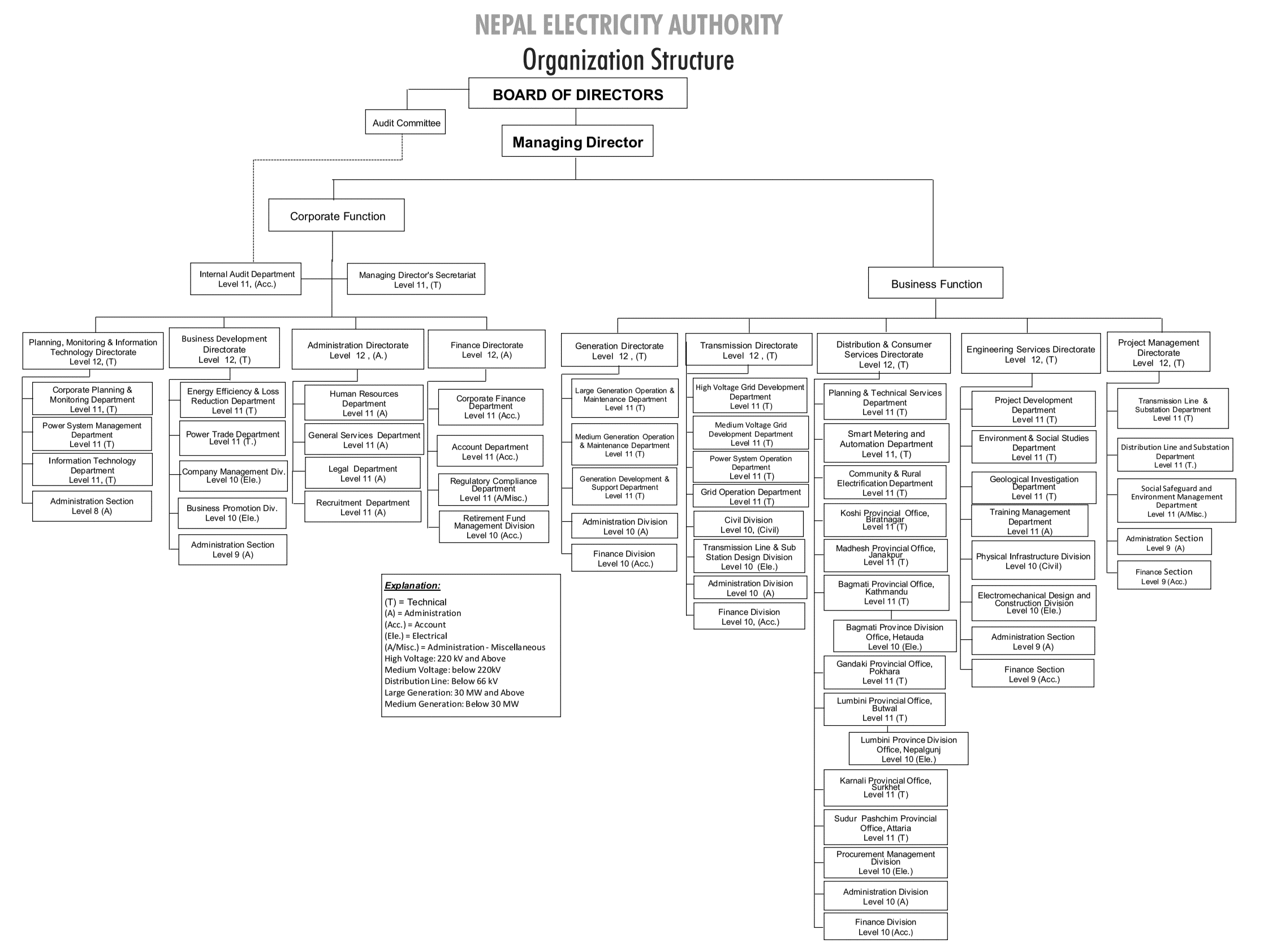
The organizational structure of the Nepal Electricity Authority (NEA) is a comprehensive framework designed to address the multifaceted aspects of electricity generation, distribution, and management within the country.
BOARD OF DIRECTORS
↓
Audit Committee
↓
Managing Director
Corporate Function
-
Internal Audit Department
Level 11, (Acc.) -
Managing Director's Secretariat
Level 11, (T)
Planning, Monitoring & Information Technology Directorate
Level 12, (T)
-
Corporate Planning & Monitoring Department
Level 11, (T) -
Power System Management Department
Level 11, (T) -
Information Technology Department
Level 11, (T) -
Administration Section
Level 8, (A)
Business Development Directorate
Level 12, (T)
-
Energy Efficiency & Loss Reduction Department
Level 11, (T) -
Trade Department
Level 11, (T) -
Company Management Div.
Level 10 (Elec.) -
Business Promotion Div.
Level 10 (Elec.) -
Administration Section
Level 9, (A)
Administration Directorate
Level 12, (A)
-
Human Resources Department
Level 11, (A) -
General Services Department
Level 11, (A) -
Legal Department
Level 11, (A) -
Recruitment Department
Level 11, (A)
Finance Directorate
Level 12, (A)
-
Corporate Finance Department
Level 11 (Acc.) -
Account Department
Level 11 (Acc.) -
Regulatory (Compliance) Level 11 (Admin. - Misc.)
-
Retirement Fund Management Division
Level 10 (Acc.)
Generation Directorate
Level 12, (T)
-
Large Generation Operation & Maintenance Department
Level 11 (T) -
Medium Generation Operation & Maintenance Department
Level 11 (T) -
Generation Development & Support Department
Level 11 (T) -
Administration Division
Level 10 (A) -
Finance Division
Level 10 (Acc.)
Transmission Directorate
Level 12, (T)
-
High Voltage Grid Development Department
Level 11 (T) -
Medium Voltage Grid Development Department
Level 11 (T) -
Power System Operation Department
Level 11 (T) -
Grid Operation Department
Level 11 (T) -
Civil Division
Level 10, (Civil) -
Transmission Line & Sub Station Design Division
Level 10 (Elec.) -
Administration Division
Level 10 (A) -
Finance Division
Level 10, (Acc.)
Distribution & Consumer Services Directorate
Level 12, (T)
-
Planning & Technical Services Department
Level 11 (T) -
Smart Metering and Automation Department
Level 11, (T) -
Community & Rural Electrification Department
Level 11 (T) -
Koshi Provincial Office
Level 11 (T/T) -
Madhesh Provincial Office
Level 11 (T/T) -
Bagmati Provincial Office
Level 11 (T/T) -
Bagmati Provo Division Office, Hetauda
Level 10 (Elec.) -
Gandaki Provincial Office
Level 11 (T/T) -
Lumbini Provincial Office
Level 11 (T/T) -
Lumbini Province Division Office, Nepalgunj
Level 10 (Elec.) -
Karnali Provincial Office
Level 11 (T/T) -
Sudur Paschim Provincial Office, Attaria
Level 11 (T/T) -
Procurement Management Division
Level 10 (T) -
Administration Division
Level 10 (A) -
Finance Division
Level 10 (Acc.)
Engineering Services Directorate
Level 12, (T)
-
Project Development Department
Level 11 (T) -
Environment & Social Studies Department
Level 11 (T) -
Geological Investigation Department
Level 11 (T) -
Training Management Department
Level 11 (A) -
Physical Infrastructure Division
Level 10 (Civil) -
Electromechanical Design and Control Div.
Level 10 (Elec.) -
Administration Section
Level 9 (A) -
Finance Section
Level 9 (Acc.)
Project Management Directorate
Level 12, (T)
-
Transmission Line & Substations Department
Level 11 (T) -
Distribution Line and Substation Department
Level 11 (T) -
Social Safeguard and Environment Management Level 11 (Admin.-Misc.)
-
Administration Section
Level 9 (A) -
Finance Section
Level 9 (Acc.)
Explanation:
-
(T) = Technical
-
(A) = Administration
-
(Acc.) = Account
-
(Elec.) = Electrical
-
(Misc.) = Administration – Miscellaneous
Voltage Classification:
-
High Voltage: 220 kV and Above
-
Medium Voltage: below 220 kV
-
Distribution Line: below 66 kV
Large Generation: 30 MW and Above
Medium Generation: Below 30 MW
Board of Directors and Managing Director
At the apex of the structure is the Board of Directors, overseeing the strategic direction of NEA. The Managing Director, positioned under the Board, is responsible for the executive management and day-to-day operations.
Directorates and Service Areas
Distribution & Consumer Services Directorate
This division is responsible for planning and technical services, material management, and monitoring and information systems.
Generation Directorate
Handles large and medium generation operations and maintenance, offering technical support and development for new projects.
Transmission Directorate
Responsible for grid operations, system operations, and the development of both 400 kV and 220 kV transmission line projects.
Planning, Monitoring & Information Technology Directorate
Focuses on power trade, system planning, and economic analysis, ensuring that NEA’s operations are efficient and economically viable.
Engineering Services Directorate
Manages project development, environmental & social studies, soil, rock and concrete laboratory, and electro-mechanical design.
NEA Subsidiary Company Monitoring Directorate
Oversees project management and the administration of subsidiary companies.
Administration Directorate
Handles human resources, general services, legal matters, and recruitment.
Finance Directorate
Manages corporate finance and accounting, maintaining NEA’s financial health.
Provincial Offices
NEA maintains a strong regional presence with offices in key provinces such as Kosi, Madhesh, Bagmati, Gandaki, Lumbini, Karnali, and Sudurpaschim. Each provincial office manages local operations, ensuring regional energy demands are met efficiently.
Specialized Divisions
Several specialized divisions within NEA provide support across the organization, such as:
-
Energy Efficiency & Loss Reduction Department
-
Internal Audit Department
-
Project Management Department
-
Social Safeguard and Environment Management Department
Committees and Sections
The Audit Committee is a vital part of NEA's governance, providing oversight and ensuring transparency.
Additionally, various sections, including finance, administration, and monitoring support, facilitate the organization's operations.
The NEA's structure is designed to be dynamic and responsive to the needs of Nepal's power system, ensuring that all citizens have access to reliable and affordable electricity.
Planned and Proposed High-Voltage Grid Substations in Nepal
Nepal is expanding its electricity infrastructure by constructing new high-voltage grid substations across various regions. Two major bodies lead these projects:
-
Transmission Directorate (for grid reinforcement and regional supply)
-
Project Management Directorate (for strategic national power corridors and reliability improvement)
Together, they plan to build dozens of substations operating at 220 kV, 132 kV, and 400 kV, significantly increasing the national grid’s capacity and reach.
Key Highlights at a Glance
| Division | Number of Projects | Total Capacity (MVA) |
|---|---|---|
| Transmission Directorate | 17 projects | 9,194.5 MVA |
| Project Management Directorate | 12 projects | 6,556 MVA |
| Overall Total | 29 Projects | 15,750.5 MVA |
1. Transmission Directorate Projects
These focus on regional improvements, city grid upgrades, and energy supply in urban and semi-urban areas.
Examples of Major Projects:
-
Dhaulabadi Iron Mine 220 kV Transmission Line - Located in Dhaulabadi, it has a total capacity of 446 MVA. It will help power mining and nearby communities.
-
Palpa 220 kV Substation - Located in Palpa, this project provides 478 MVA capacity and supports nearby districts with a 3-tier voltage system (220, 132, 33 kV).
-
Kathmandu Valley Grid Reinforcement - The construction of new substations in Thapathali, Raj Durbar, and Maharajgunj will enhance power stability in the capital, adding a total of 330 MVA.
-
Nijgadh 400 kV Substation - A major national-level project with 1,526 MVA capacity. This will serve as a key hub for 400 kV power lines in Madhesh Province.
2. Project Management Directorate Projects
These projects support Nepal’s long-term energy corridor development and integrate renewable energy sources. They focus on high-capacity (mostly 400 kV) grid lines.
Key Projects Include:
-
New Butwal – New Lamki – Attariya 400 kV Line - Strategic backbone connecting multiple provinces with a combined capacity of 1,620 MVA across multiple substations.
-
Kushma – Burtibang – Bafikot Corridor - Three powerful 400/220/132 kV substations (each with a capacity of 630 MVA) ensure power delivery to the remote western hills.
-
Sunkoshi Hub & Likhu Hub - Planned as smart grid substations for upcoming hydro projects, each offering 630 MVA capacity.
-
Okharpauwa–Tinpiple 220 kV Line - Supports Kathmandu Valley’s northern areas. Includes unique transformer banks totaling 312 MVA.
What Do Voltage and MVA Mean?
-
kV (kilovolts): Voltage level used in power transmission. Higher voltage = long-distance transmission with lower losses.
-
MVA (Mega Volt-Amperes): Measures the capacity of a substation to handle electricity flow. Higher MVA = can serve more homes, industries, and facilities.
Why This Matters
These planned projects will:
-
Improve the electricity supply across all provinces
-
Support industrial, urban, and rural electrification
-
Reduce power outages and improve voltage stability
-
Enable integration of hydropower and solar projects into the grid
-
Strengthen Nepal’s electricity trade and regional connectivity
Highest Capacity Projects (Top 5)
| Project Name | Location | Voltage | Total Capacity (MVA) |
|---|---|---|---|
| Kathmandu Valley Expansion | Kathmandu | 220/132/66 kV | 4,129 |
| Nijgadh Substation | Bara District | 400/220/132 kV | 1,526 |
| Kushma Substation | Kushma | 400/220/132 kV | 630 |
| Bodebarsain 400 kV Substation | Saptari | 400/132 kV | 630 |
| New Kohalpur 400 kV Hub | Kohalpur | 400/220/132 kV | 720 |
With over 15,750 MVA of planned capacity, Nepal is stepping into a new phase of energy reliability, rural access, and grid modernization. These substations are not just infrastructure—they are enablers of economic growth, rural development, and the integration of clean energy.


